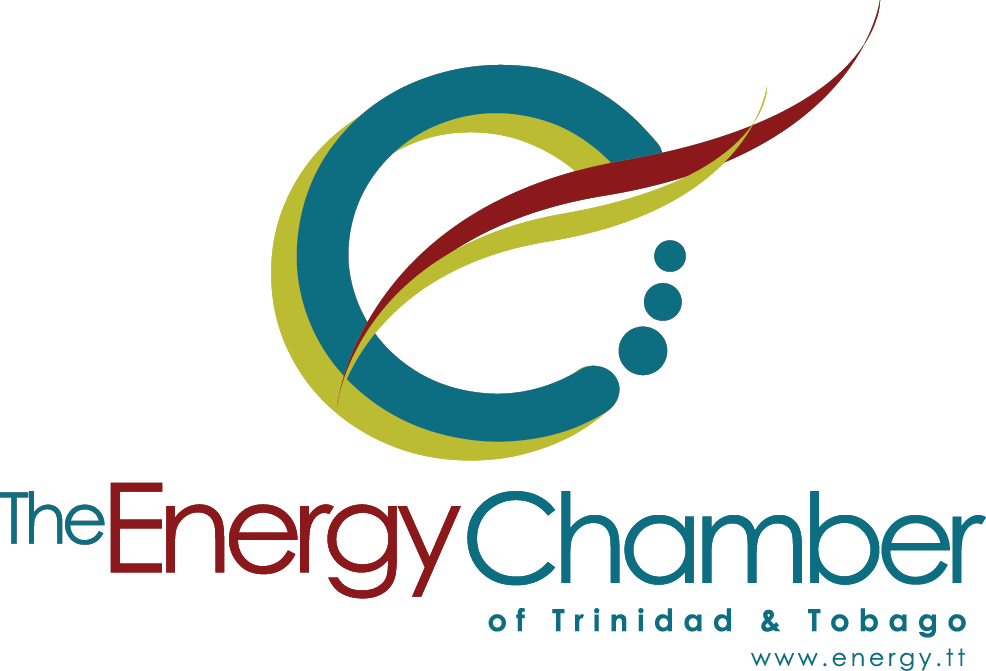SBM Offshore recently announced that ExxonMobil subsidiary Esso Exploration and Production Guyana Limited (EEPGL) has awarded the Company contracts to perform Front End Engineering and Design (FEED) for a second Floating Production, Storage and Offloading vessel (FPSO) for the Liza development located in the Stabroek block in Guyana
At the recent launch of the Trinidad and Tobago Extractive Industries Transparency Initiative (TTEITI) Report 2016, perhaps the most anticipated information, apart from whether or not any ‘unexplained discrepancies’ were reported, was the figure for total flows to the Government of Trinidad and Tobago from the reporting companies in the oil and gas sector. And, even with some knowledge and appreciation of the steady decline in commodity prices coupled with low oil and gas production levels, this figure will still come as a surprise to many.
It is up to Petrotrin’s board to determine the strategic direction of the company so there can be change, this according to Energy Chamber President, Dr. Thackwray Driver. He added that the funding to support the change must come from the private sector, not Government.
Well fails to find pay but US player plans to press on with exploration plans
Exxon has today announced yet another oil discovery offshore Guyana and also revealed it is adding a third drillship to further accelerate its exploration programme. The third drillship will operate on an exploration programme in parallel with the Stena Carron, while the Noble Bob Douglas will work on the development well drilling programme for Liza Phase I.
Tullow Oil has completed seismic work on its operated offshore Walton Morant licence according to an article in Upstream. London-listed partner, United Oil and Gas (UOG), indicated that the conclusion of the 2,250 square kilometres 3D – seismic acquisition survey has moved the partners closer to de-risking the high-graded Colibri target. Tullow holds an 80 per cent interest in the licence and the remaining 20 per cent is held by UOG.
According to a press release from London-listed Kosmos Energy (Kosmos), the company will respud an exploration well off Suriname after encountering difficulties while drilling.
According to an article in the Upstream, Range Resources has not only realised it forecast production target but has done so comfortably ahead of schedule. The article goes on to explain that their success can be largely attributed to its optimisation programme in Trinidad, which contributed to the company registering a 43 per cent increase in output over the last 12 months, having forecast 800bpd but registering an average of 820bpd.
Trinidad and Tobago is one of the least energy-efficient economies in the world and has one of the highest per capita greenhouse gas emissions rates. The introduction of renewable energy, improving energy efficiency and reducing our greenhouse gas emissions have become policy issues on the government’s agenda and are usually included in statements from the current Minister of Energy and Energy Industries and other senior politicians and government officials. However, they often seem to be presented as additional policy issues for consideration, rather than issues at the core of overall energy policy.
The Energy Efficiency and Alternative Energy Committee of the Energy Chamber has taken a critical look at the electricity sector in Trinidad and Tobago and continues to show the opportunities where government can reclaim value in the gas sector. According to the Committee led by Christopher Narine-Thomas, the opportunity cost subsidy in 2017 rose to US$508M.
Decreasing electricity consumption will have a major overall economic benefit for Trinidad and Tobago. This is because every unit of natural gas not sold to low-priced domestic electricity generation can instead be sold to the higher priced petrochemical and LNG sectors, which also means increased export earnings and more foreign exchange.
CNC 3 - Morning Brew
http://www.cnc3.co.tt/morning-brew/dax-driver-we-need-more-govt-support-guyana
TV 6 - Morning Edition
https://www.facebook.com/CCNTV6/videos/1927928390582677/
The appetite for decarbonisation has reached critical mass and the pace of innovation must match it.
The surprise news that the cost of offshore wind power in the UK has halved from 2015 levels has been welcomed by the renewables sector and environmental advocates alike. In the latest round, CfDs were awarded to Innogy (Triton Knoll), EDPR (Moray East) and DONG Energy, whose Hornsea 2 will become the world’s largest windfarm when it produces first power in 2022-23. At the same time, downward pressure on oil prices continues to accelerate the interest of oil and gas majors in renewable energy – which in turn has driven greater investment in development of technology.
Oilfield control was the reason behind many 20th-century conflicts. European colonization of Trinidad and the Caribbean was driven by a desire for territory, new sources of food, raw materials, minerals, and – later in Trinidad’s case – oil.
Earlier this year, it was announced that Trinidad and Tobago ratified the Paris Agreement. This is a commitment by the government to reduce carbon dioxide (CO2) emissions by 15 per cent in three main sectors of the economy, namely industry, power generation and transport, by 2030. The government therefore has a significant role in driving the changes needed to achieve these targets.
After a period of dormancy, drilling activity is starting to ramp up. As an operator, you will be looking to take advantage of low rig rates and will ideally be looking for a ‘hot rig’ (i.e. an operational rig), to avoid risk and delay which can occur from contracting nonoperational rigs that require reactivation from a state of warm or cold stacking.
The Energy Chamber of T&T hosted a breakfast meeting with the members of the chamber and the Sekondi Takoradi Chamber of Industry and Commerce and the Ghana National Petroleum Corporation (GNPC).
The Trinidad and Tobago energy sector finds itself at a very critical juncture requiring a mindset to navigate a difficult period to survive the long term. It was in this context that NGC provided its insights at this year’s Energy Conference. The contributions made by sector colleagues have undoubtedly bolstered the theme of “Maximizing Value Through Collaboration”, as the sector leverages synergies and partnerships for a successful 2018 and beyond.
The World Bank has indicated that it will provide just over $17m in funding for a Dominican geothermal plant.
Staatsolie is excited about their drilling prospects in 2018/2019. At the Trinidad and Tobago Energy Conference (Energy Conference), hosted by the Trinidad and Tobago Energy Chamber (Energy Chamber) in January, Rudolf Elias, Managing Director of Staatsolie, outlined the plans for the state-owned oil company for the upcoming year.






















